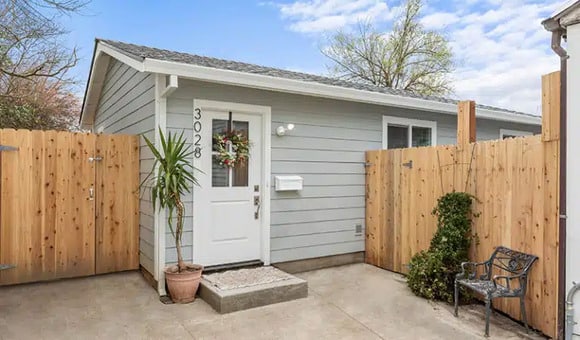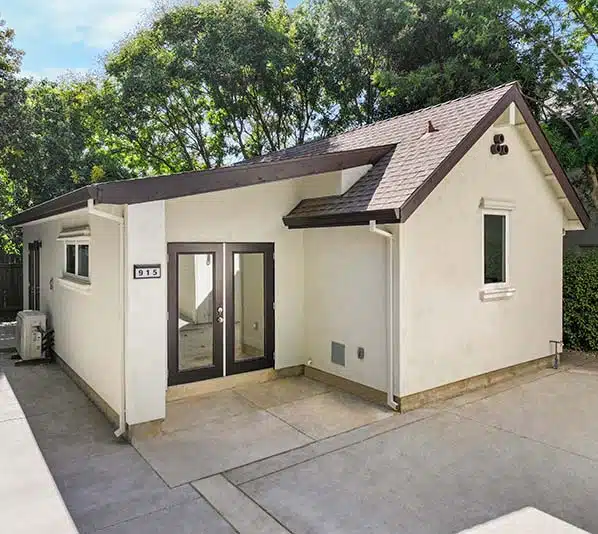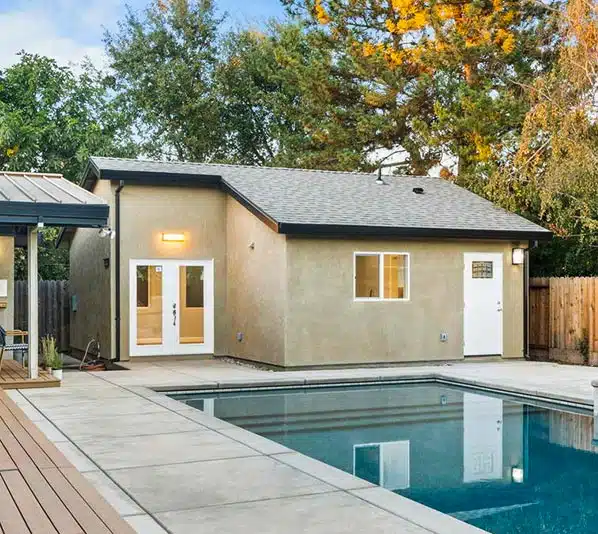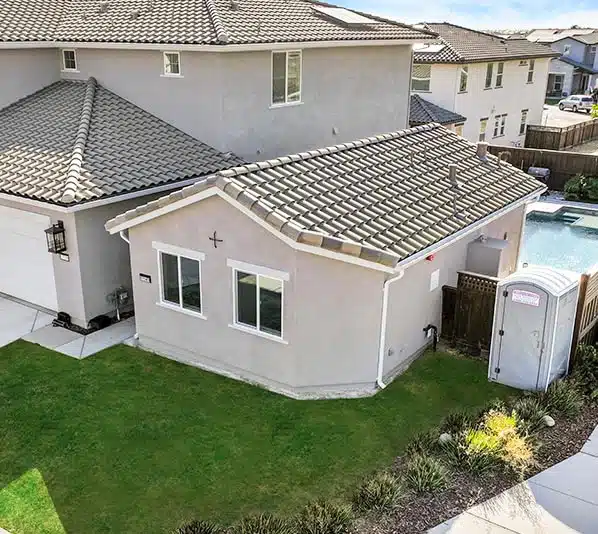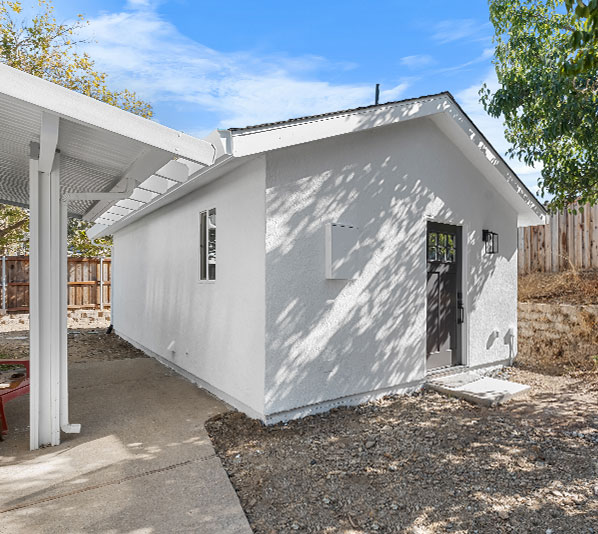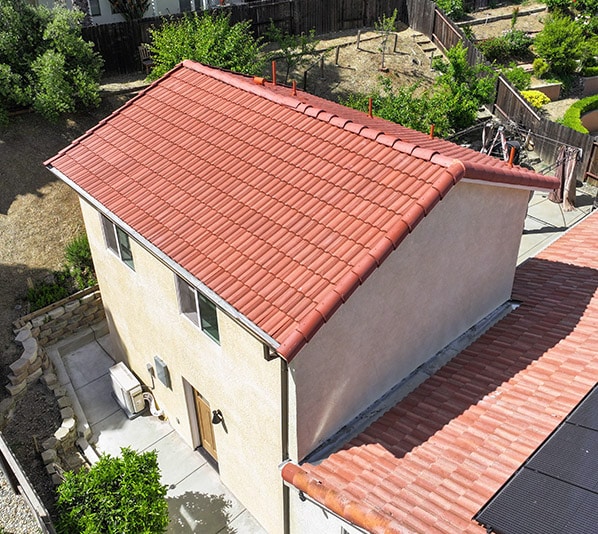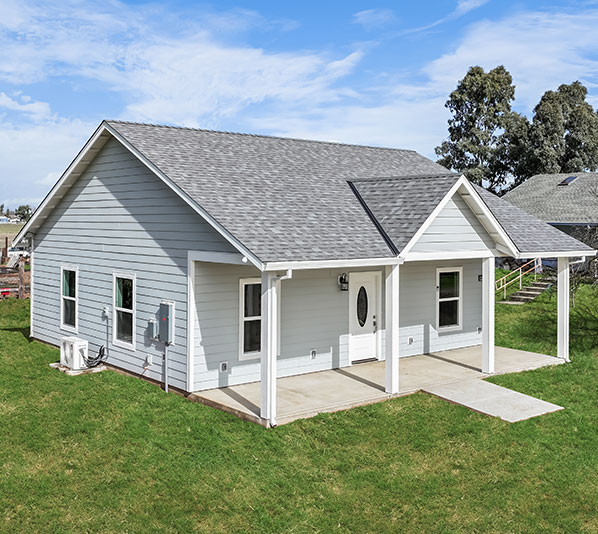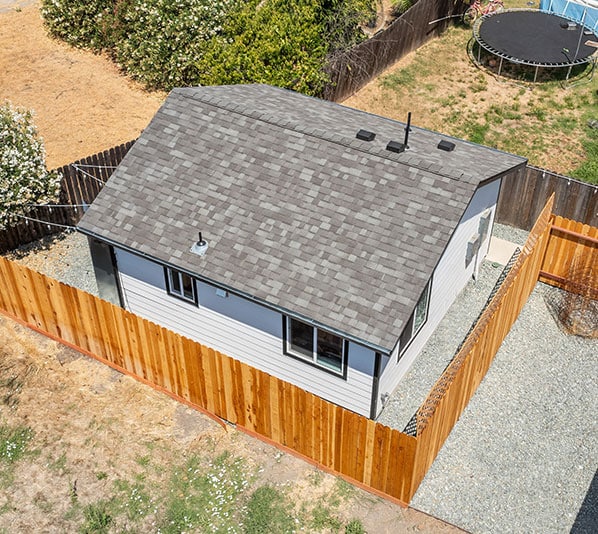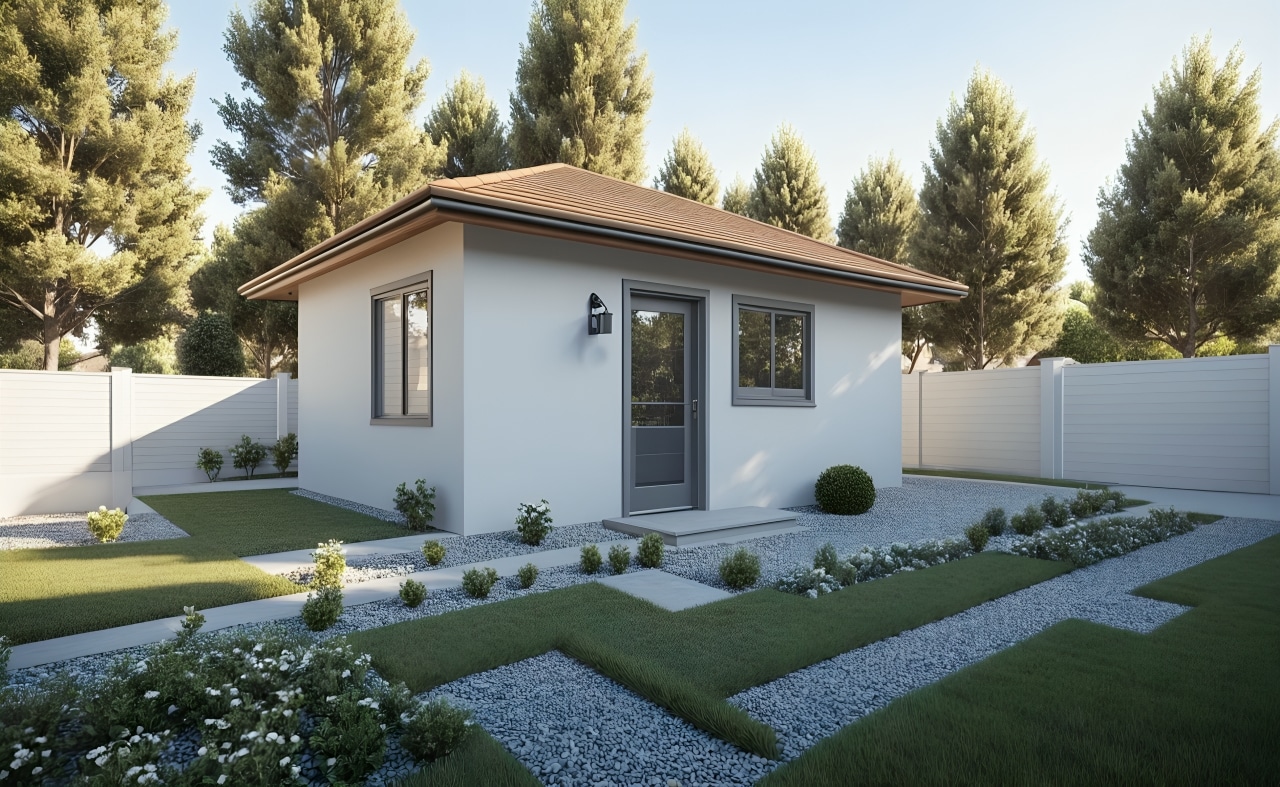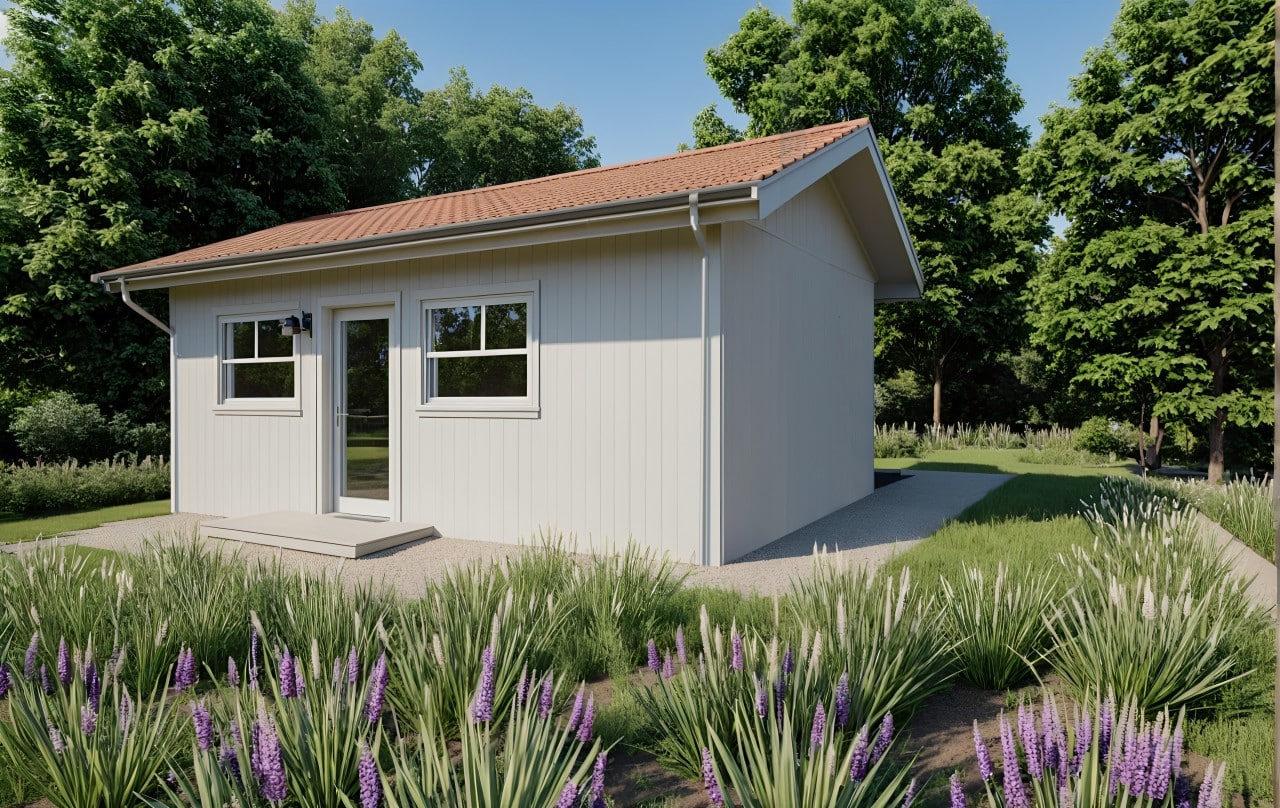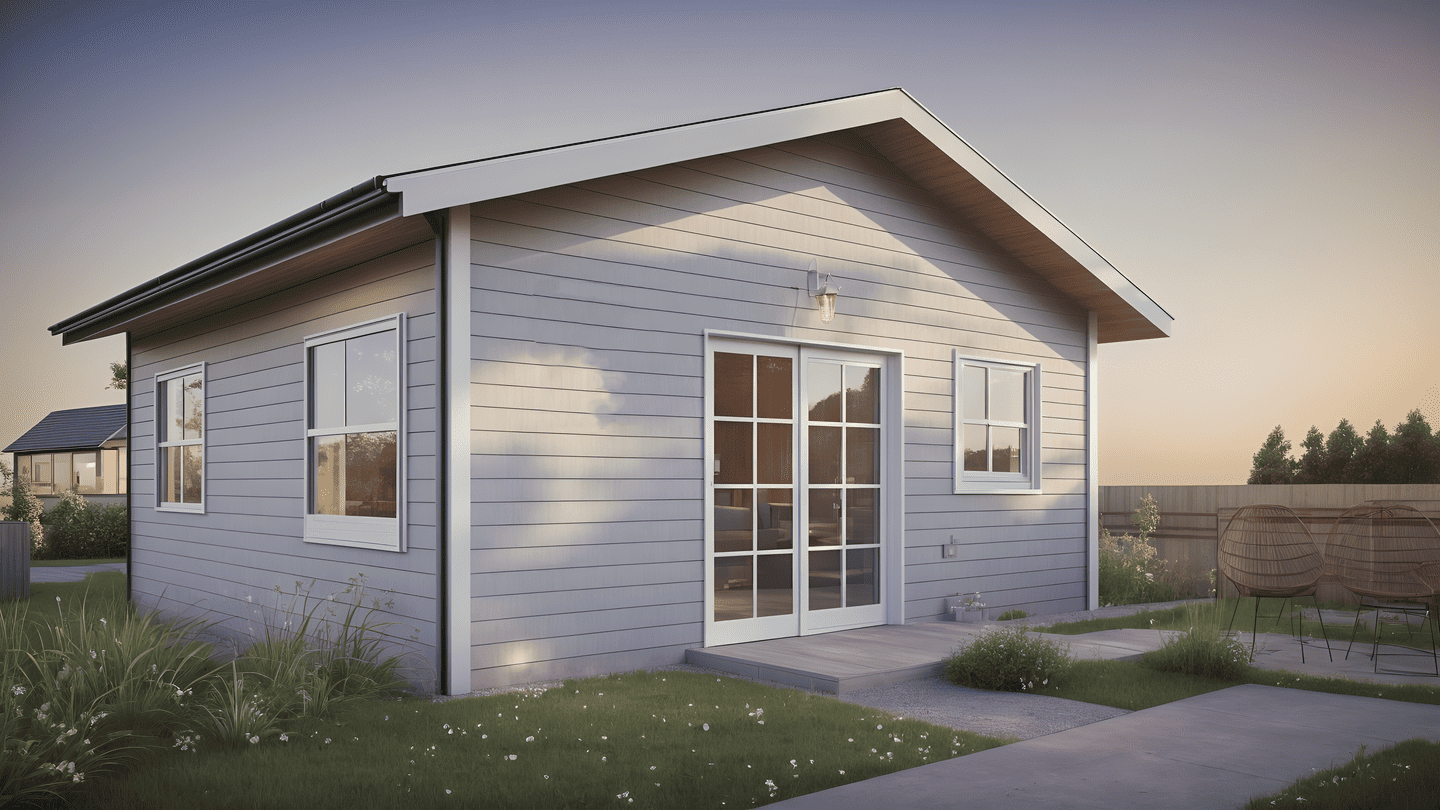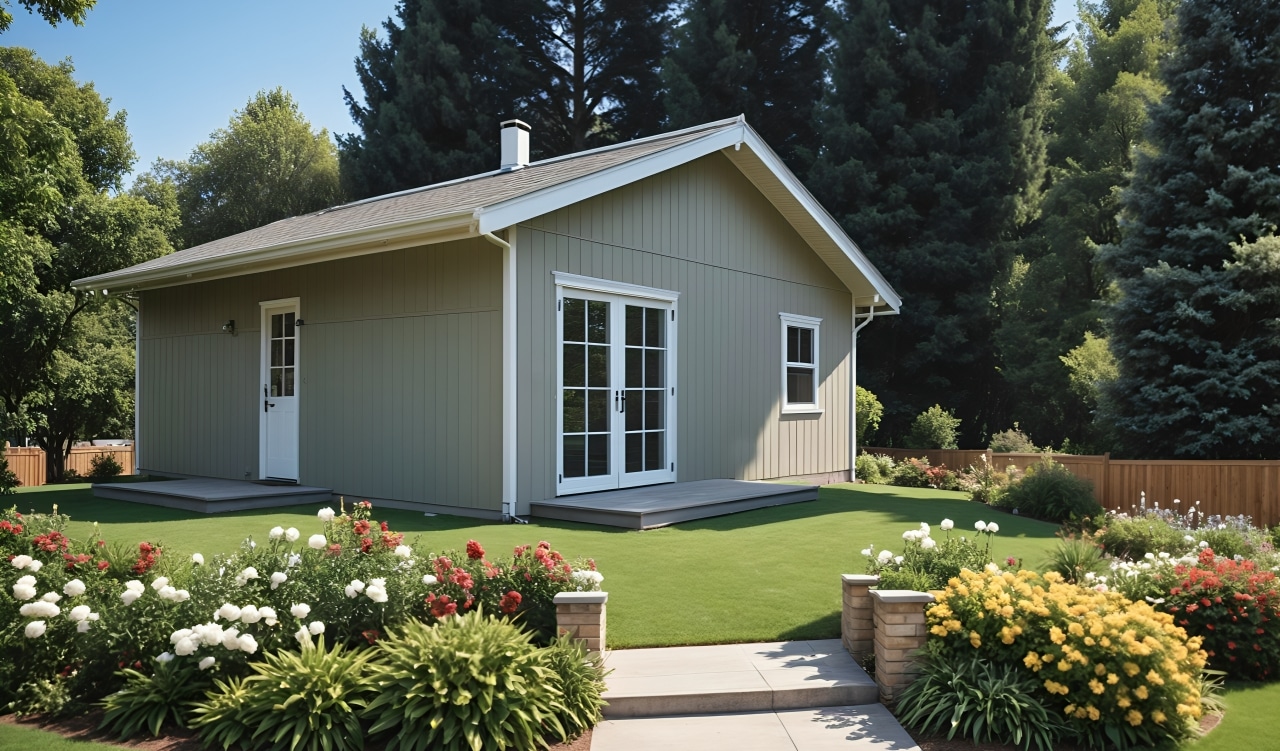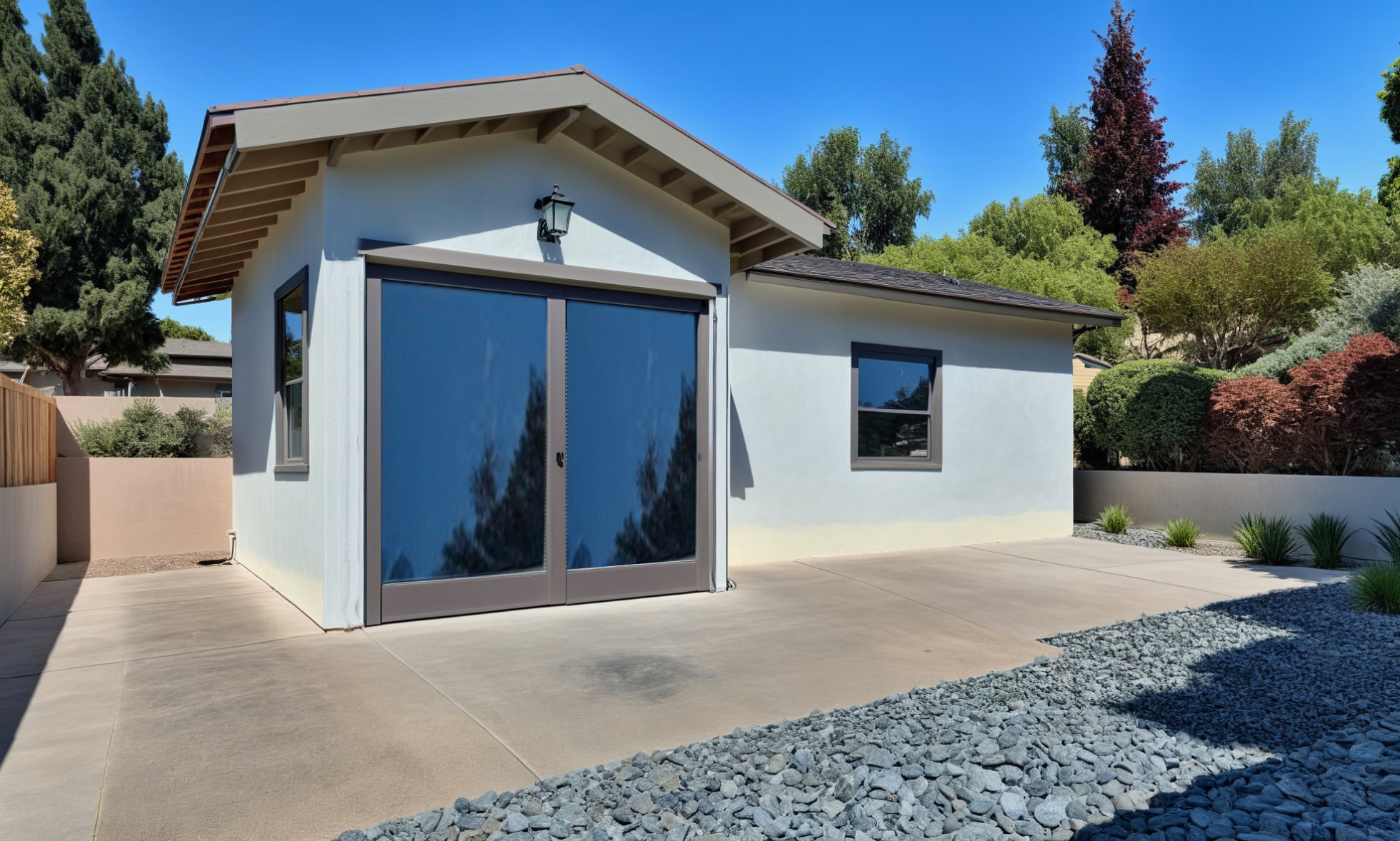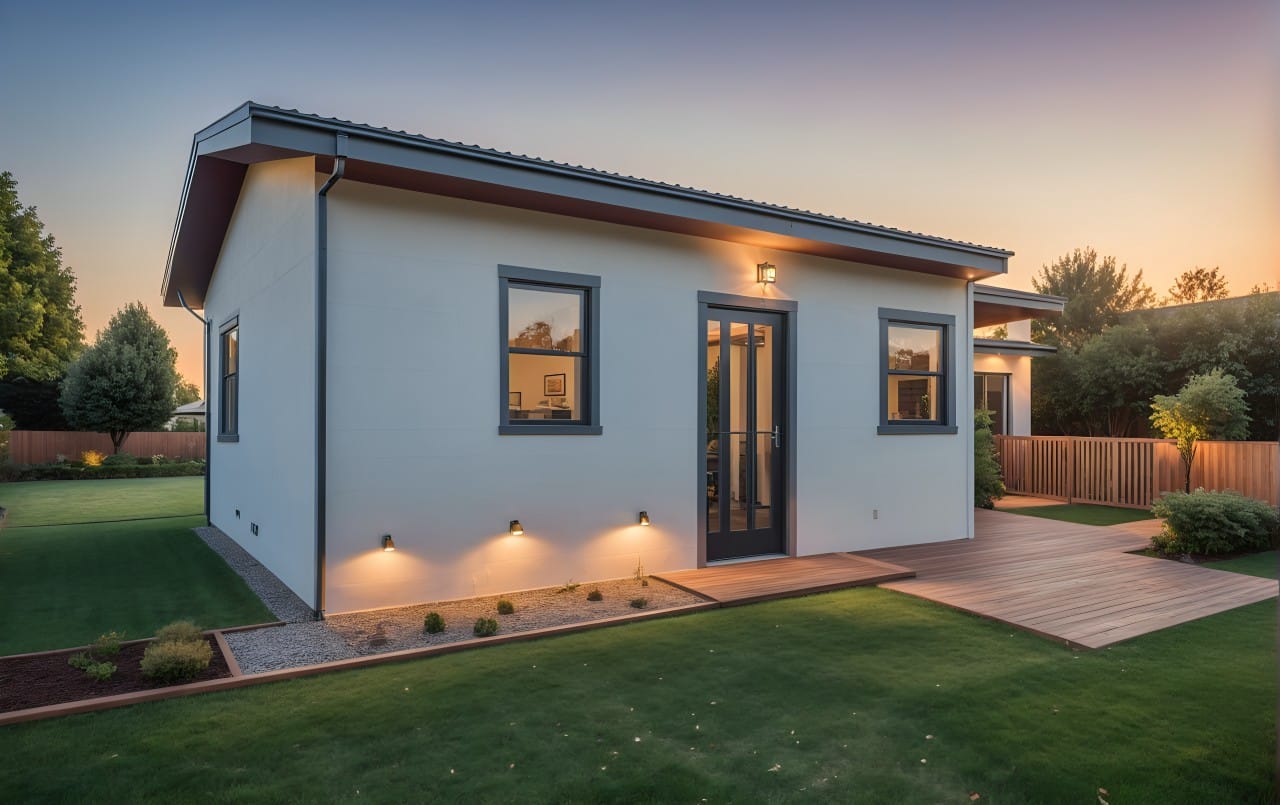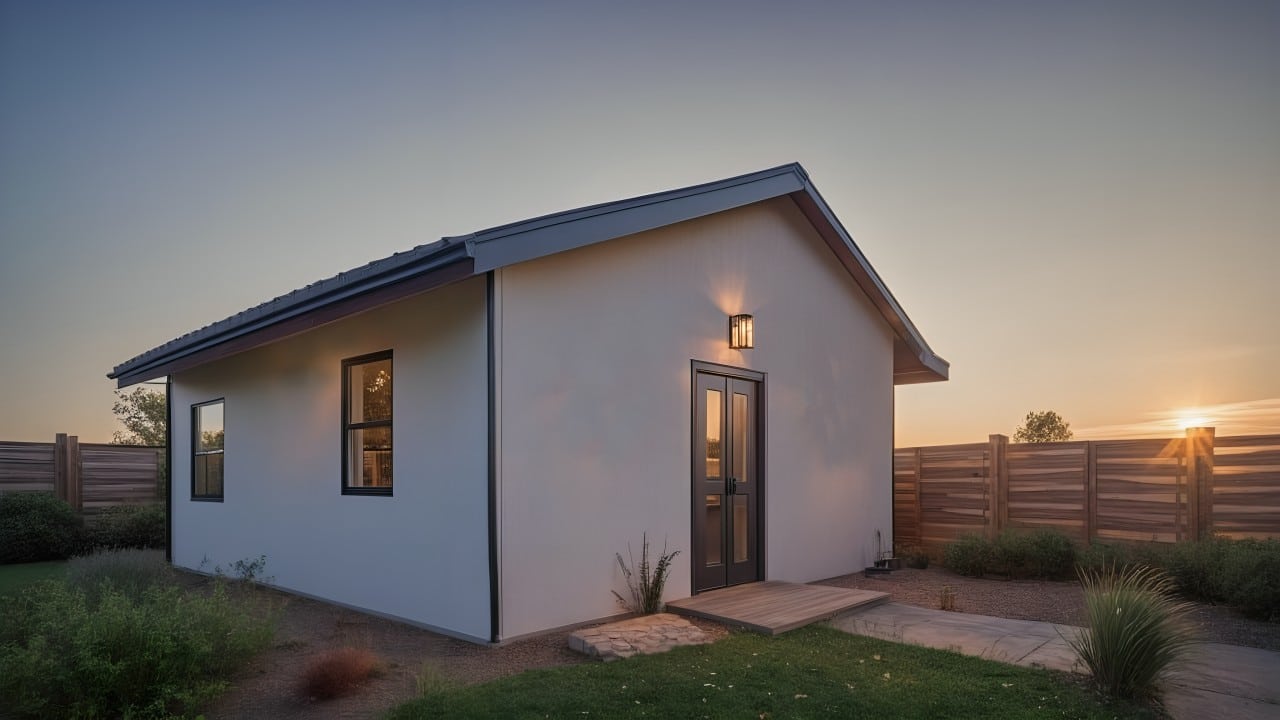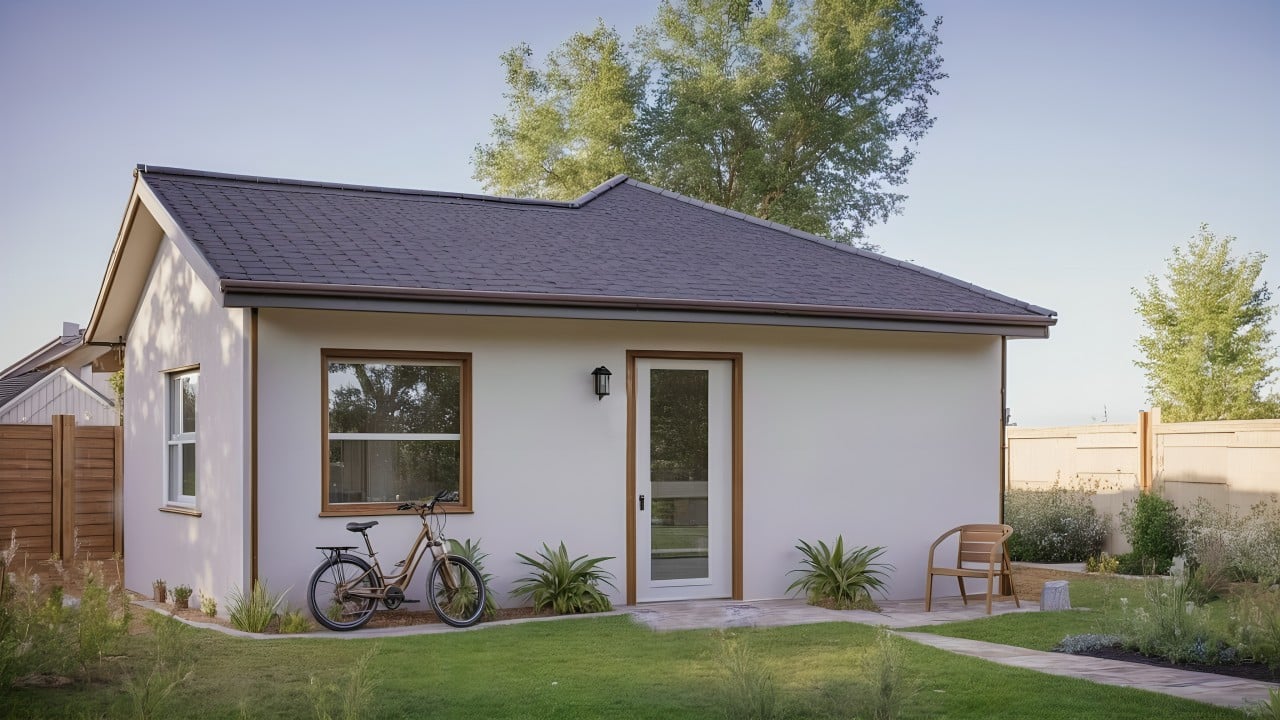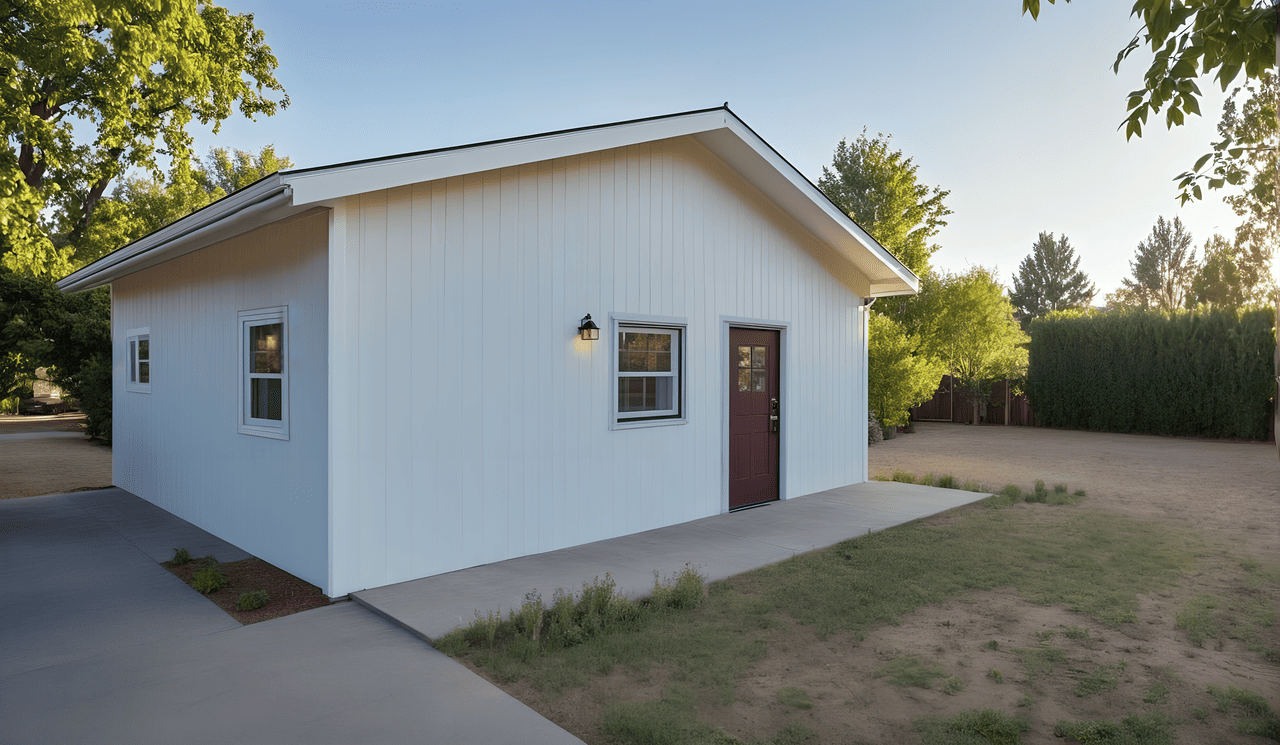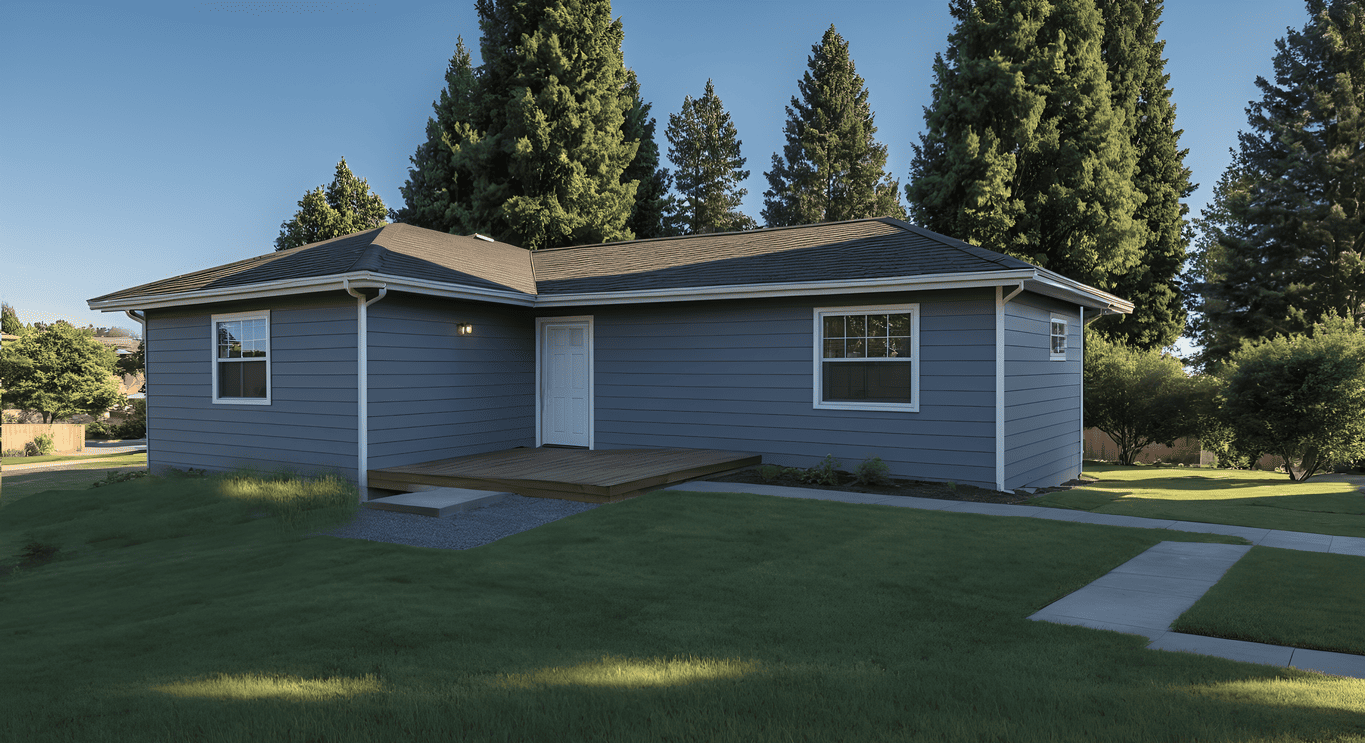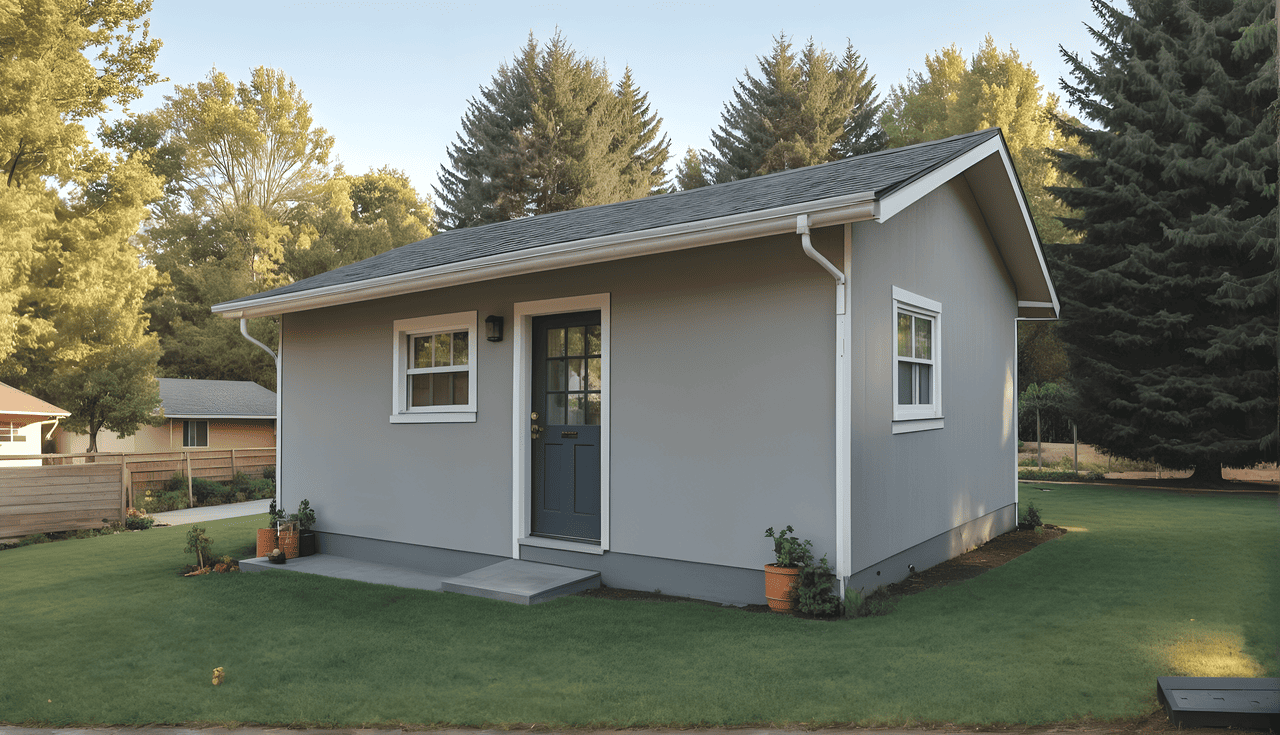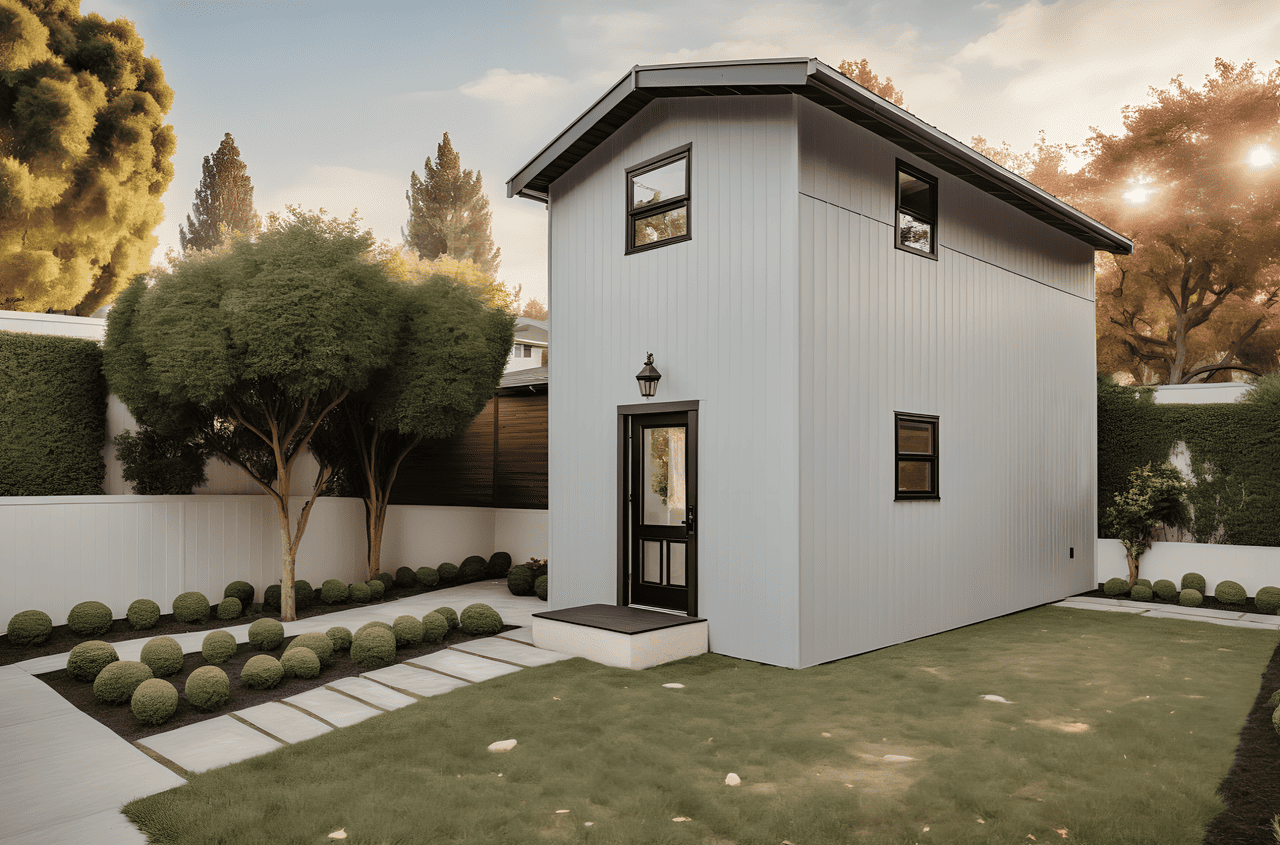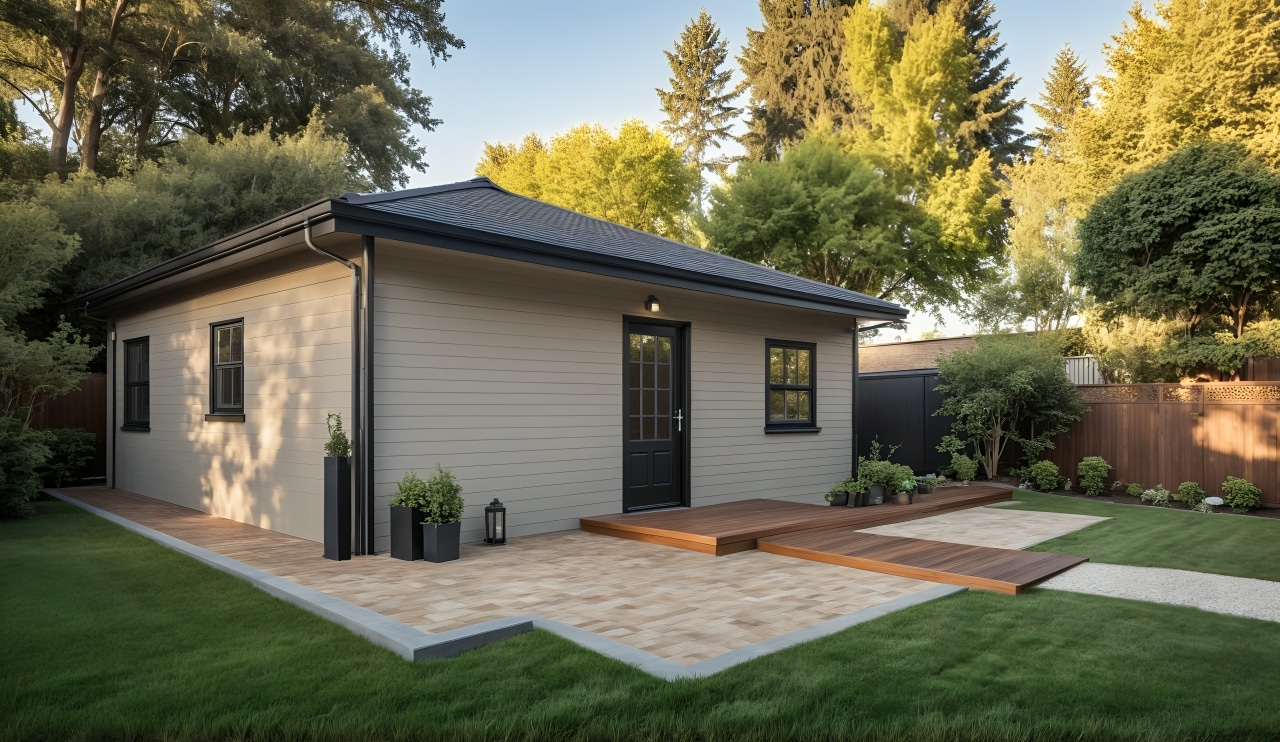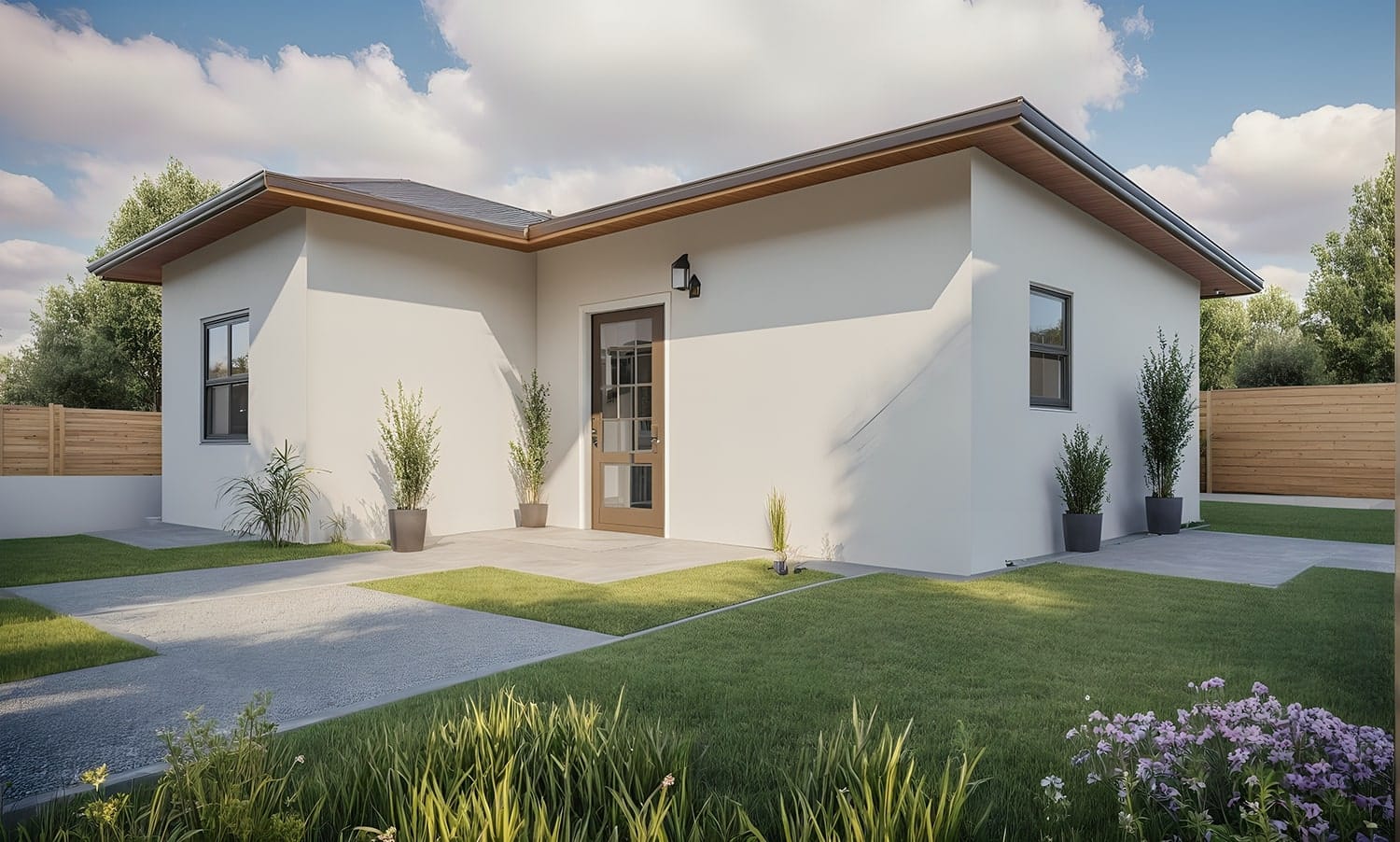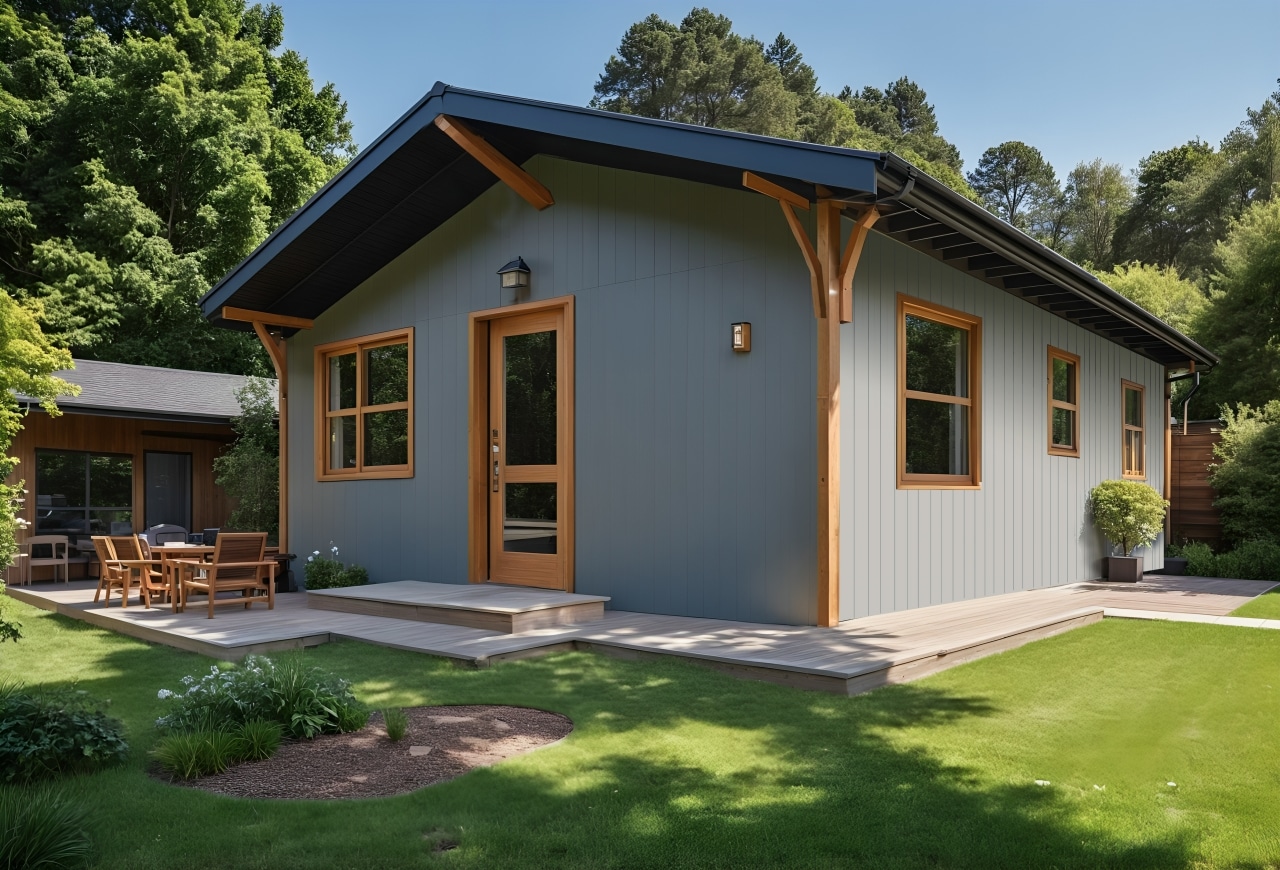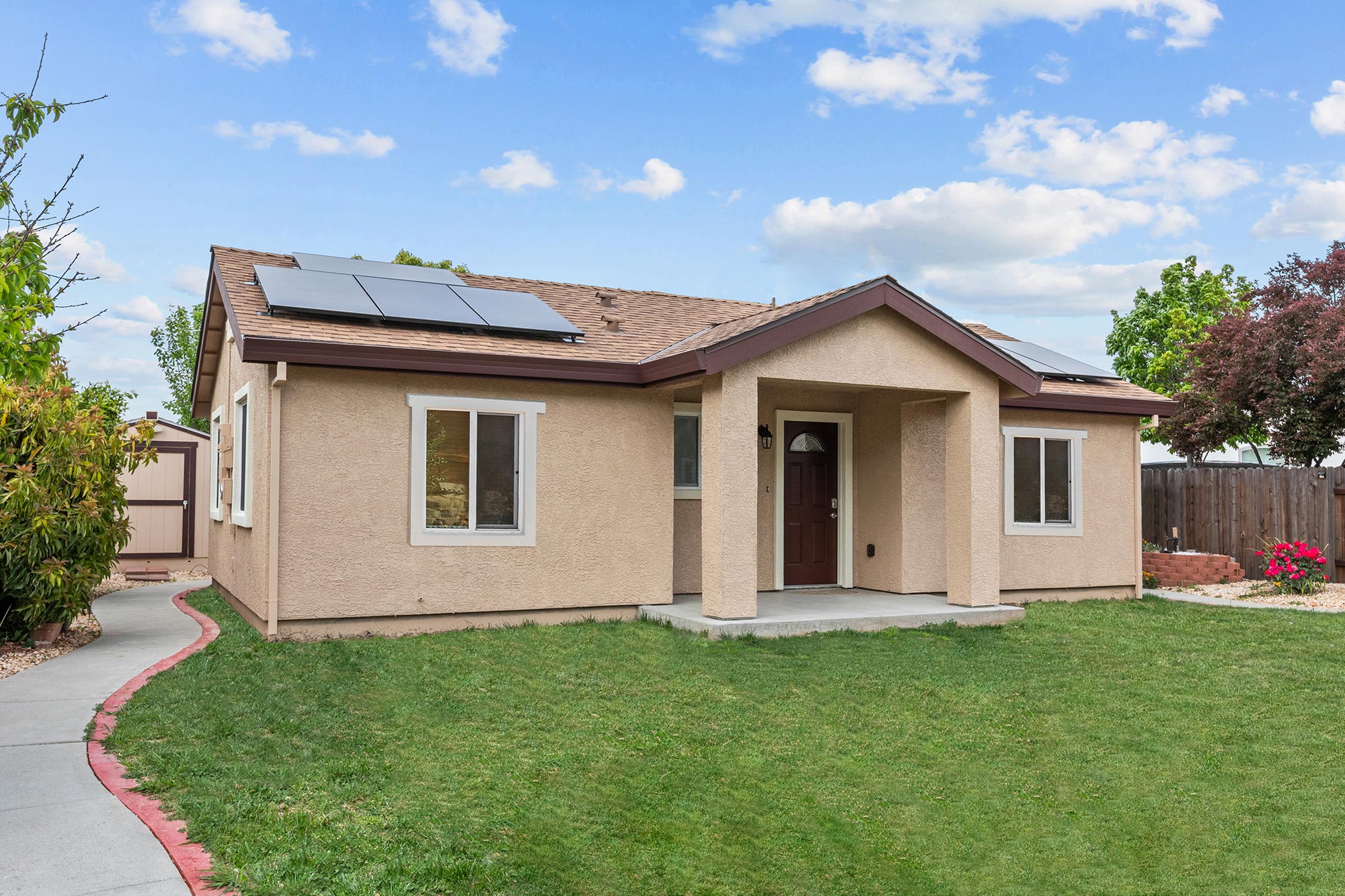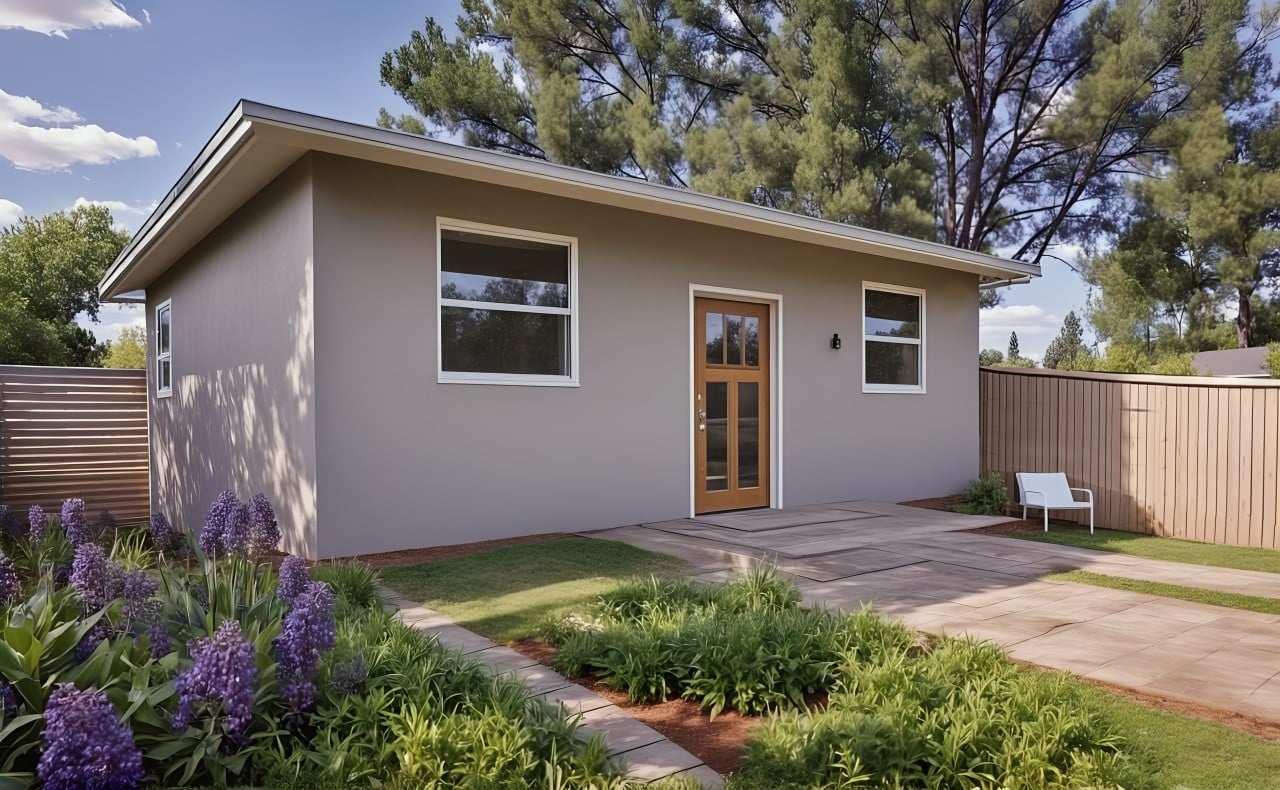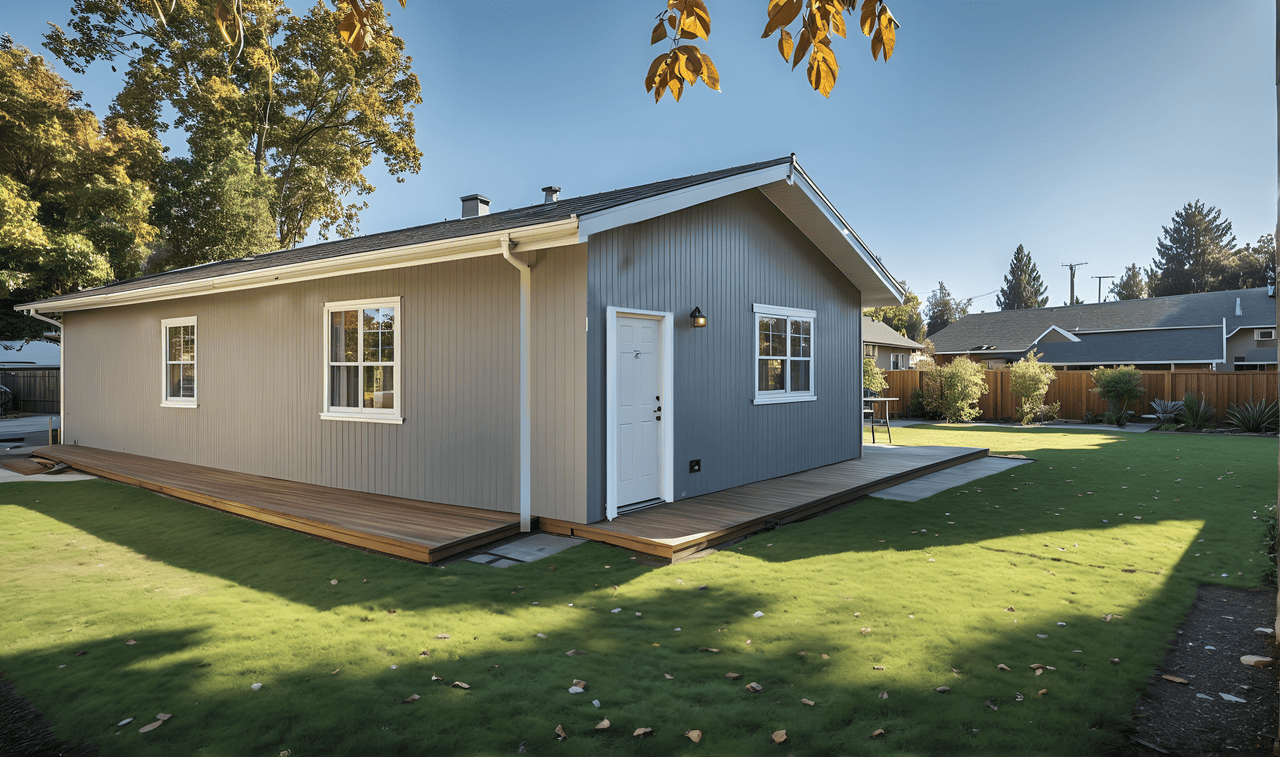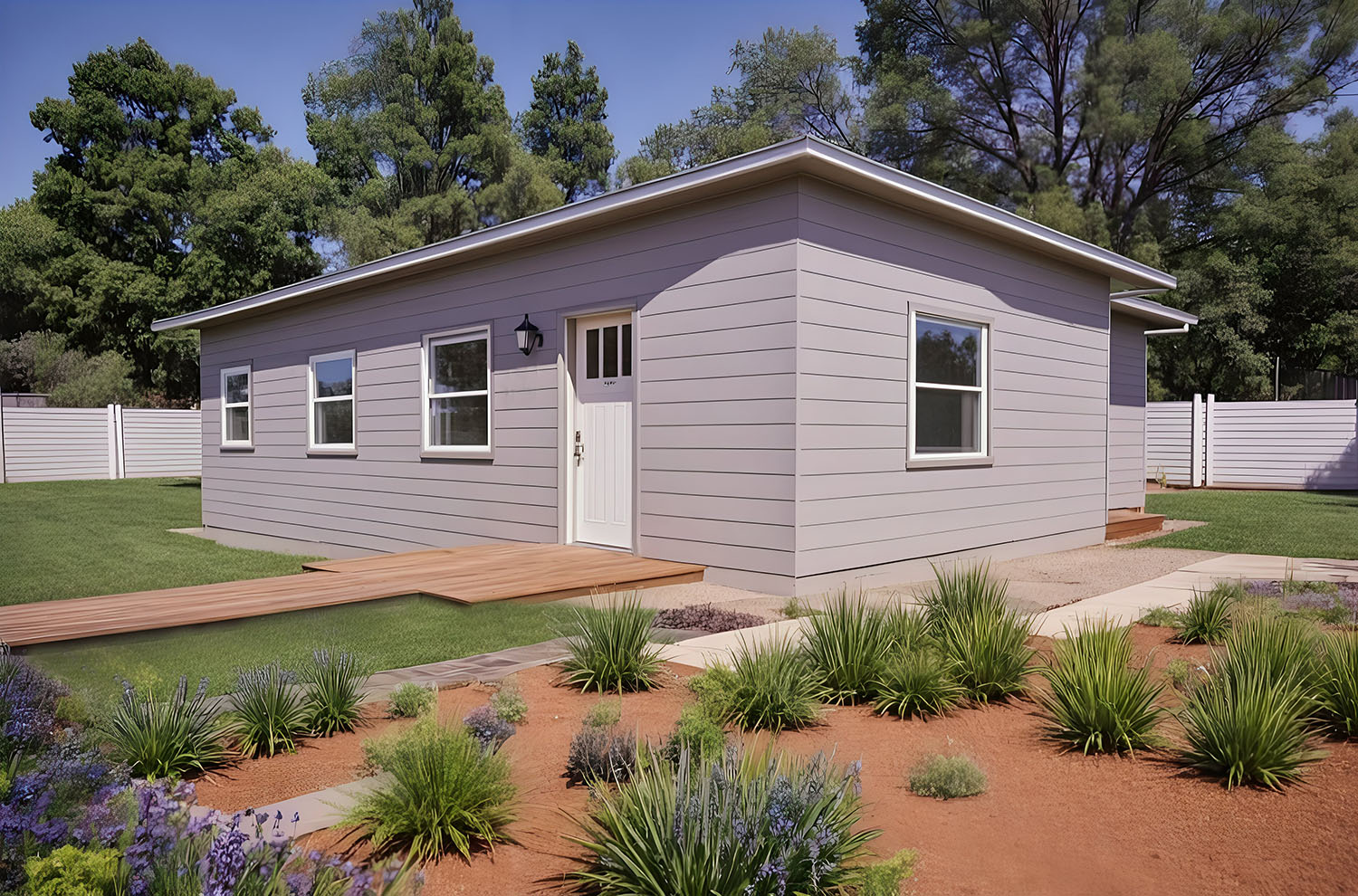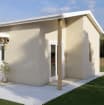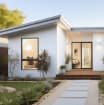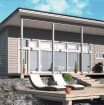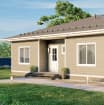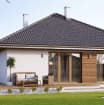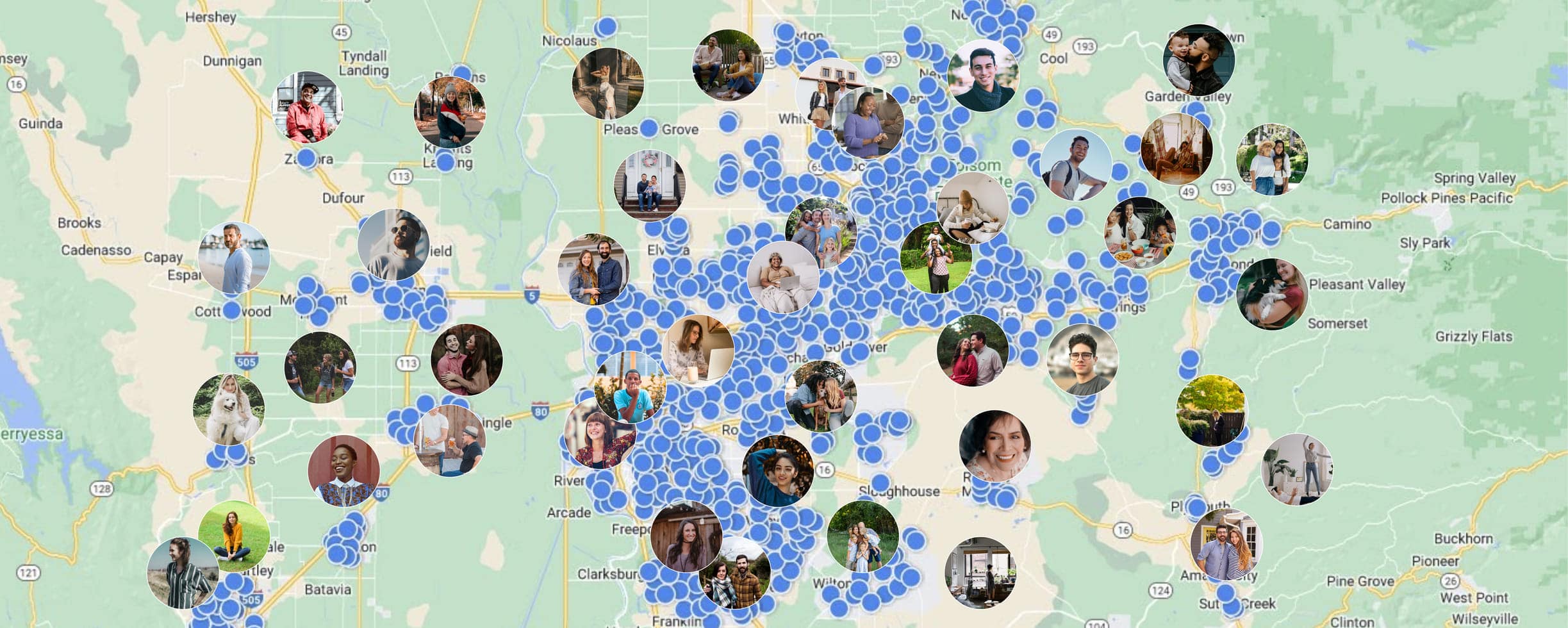

Privacy Policy & Terms.


Privacy Policy & Terms.
Request Accepted
A link to download your FREE brochure will be in your inbox in 3 minutes


Privacy Policy & Terms.


Privacy Policy & Terms.


Privacy Policy & Terms.


Privacy Policy & Terms.


Privacy Policy & Terms.


Privacy Policy & Terms.
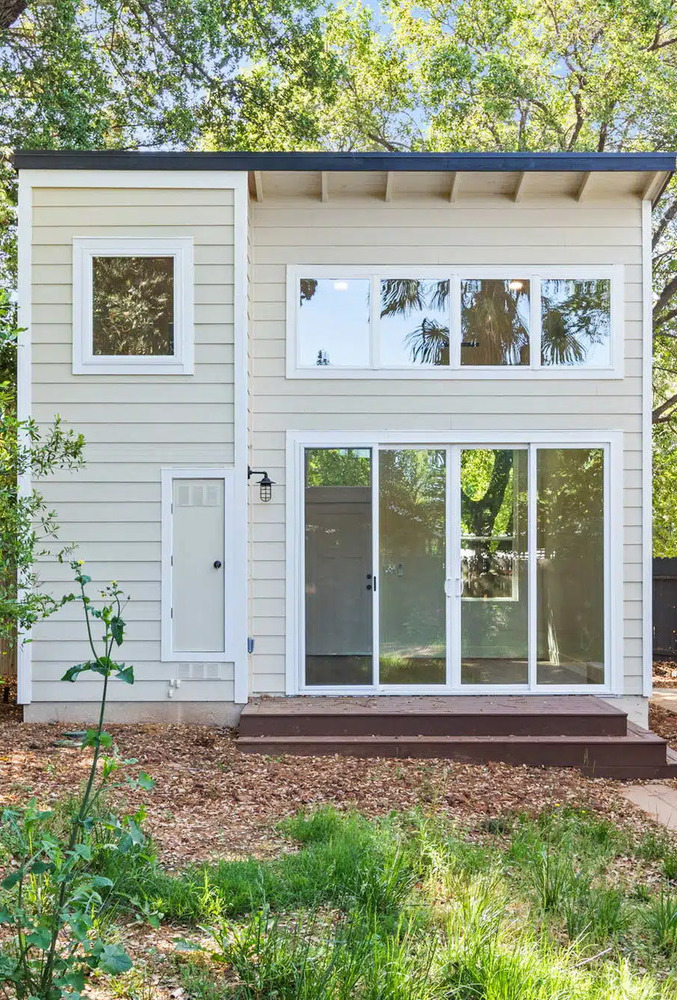

Privacy Policy & Terms.


Privacy Policy & Terms.


Privacy Policy & Terms.


Privacy Policy & Terms.


Privacy Policy & Terms.


Privacy Policy & Terms.


Privacy Policy & Terms.
Privacy Policy & Terms.
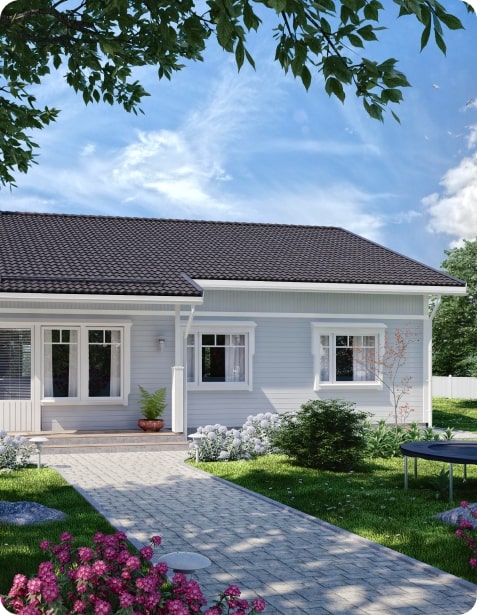
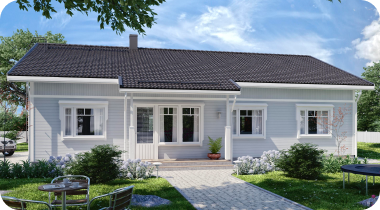
Privacy Policy & Terms.


Privacy Policy & Terms.


ADU Consultant?
Privacy Policy & Terms.
to Receive ADU Details
and Pricing

The final price may vary based on project specifics.
To get a free accurate quote tailored to your needs, book a consultation with us today!
Privacy Policy & Terms.

The price per square foot provided is an average and may vary depending on project-specific details such as materials, location, complexity, and other factors. Actual costs may differ from the average provided.
It is recommended to obtain a detailed quote based on the specific requirements of your project.
Privacy Policy & Terms.

Please note that the monthly payment displayed on this page is an estimate and is subject to variation based on the selected loan product, applicants credit score, loan amount, and other financial details. Actual monthly payment may differ from the estimate provided.
It is recommended to seek advice from a financial advisor or loan officer to obtain precise payment information tailored to individual circumstances.
Privacy Policy & Terms.
 Your Trusted
Local Contractor
Your Trusted
Local Contractor
Cameron-park ADU Builders
California
Serviced ZIP codes: 95682, 95672
Cameron-park ADU Builders
investment with our all-in-one service:
the fastest private growing companies








Get More Living Space
with an ADU
Cameron-park ADU Builders
California
Serviced ZIP codes: 95682, 95672
Cameron Park ADU Builders
Get more living space with a backyard ADU for
aging parents 👵, family 👨👩👧 and rental income 💰.
With our turnkey services, we make ADU development
stress-free—from plans and permits to final move-in!
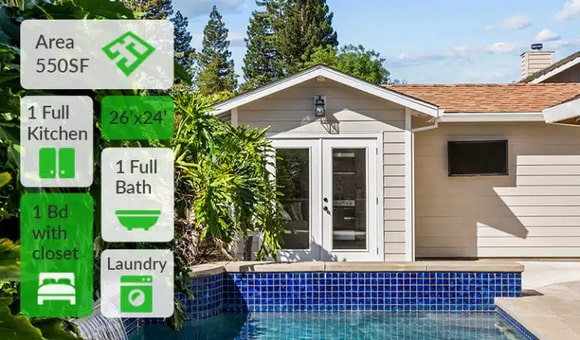

1-BEDROOM ADU




2–3 BEDROOM ADUs


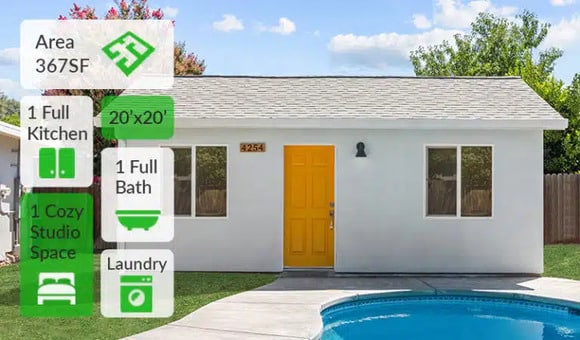
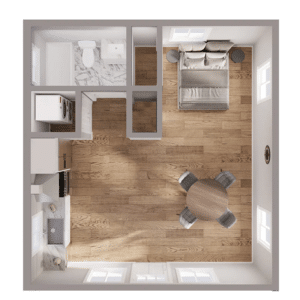
CUSTOM ADUs
A+ Construction & Remodeling ADU Builders Offers Expert Design-Build Services. Top ADU Builder in Sacramento. Get Your Free Quote Today!


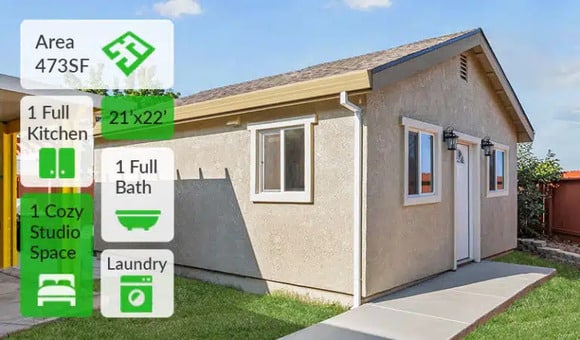

RETIREMENT ADU


Our Completed ADU Projects

Our Process
We take care of your project from start to finish

1. Consultation
Schedule a Virtual or an In-House Consultation with our ADU Consultants to discuss your project

2. Estimate and Contract
Visit our Designer Showroom to review the quote and designs, and sign the contract to start your project.

3. Preparation
We expertly manage all permits and planning, ensuring a seamless start to construction.

4. Construction
We incorporate digital technologies into our construction processes to be more efficient
Get Financing
for Your ADU Project

Free Financing Consultation
for Homeowners
Looking to build an ADU or tackle another home improvement project? As a trusted California contractor with over 30 years of experience, we’ll help you explore financing options while safeguarding your FICO scores and data. Count on us as your ally, working closely with reputable lenders and California’s largest credit unions to find the best financing solution for your needs.
to Discuss Your Financing Options
A+ Construction ADU Builders?



Costs
We provide clear and the most detailed estimates that show you exactly where your money is going.
Timeframe & Schedule
We provide an easy-to-follow schedule so you can see where your project is at and what is next, in real time.
License & Warranty
We are licensed, bonded, and provide a warranty on labor and materials because we believe it’s important for you to have peace of mind.
Communication
We have a streamlined communication system that includes your own personal chat with your entire team ready to answer questions at any time.

ADU Models and Designs
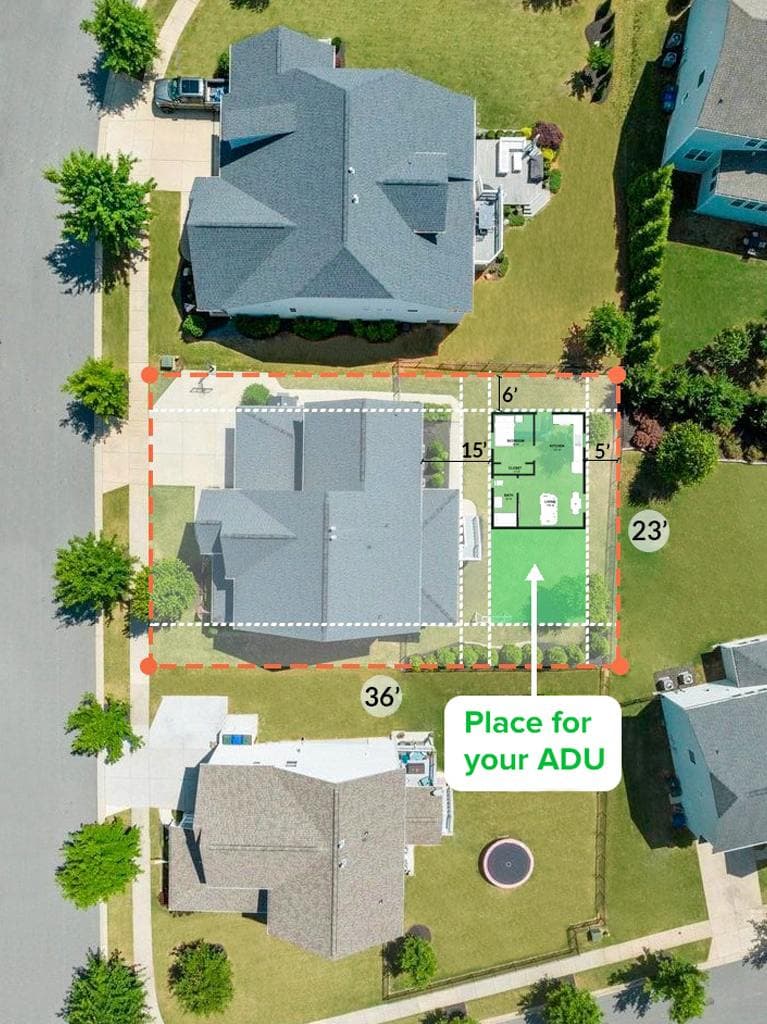
A+ Construction ADU Builders proud to be recognized by
































What type of ADU are you looking to build?
Use our Custom ADU Calculator
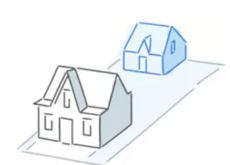
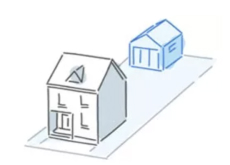

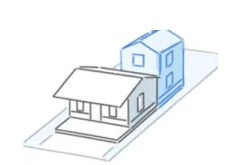
Price In
Accessory Dwelling Unit is a type of auxiliary residential unit that a house owner builds on their private territory with the assistance of an ADU builder Sacramento. ADUs are usually one-storied small houses located next to the primary residence where house owners live.
ADUs are very popular among United States homeowners. The origin of the AUD concept goes back to the days after WWII. In the late 1940s, people began building ADUs, which resulted in many additional dwelling units all over the state.
An additional structure situated on the private territory right next to the main house, an ADU requires following certain regulations and procedures to be built legally. In the US, each state has its own protocols and rules regarding the construction of an ADU.
In this article, we will get deeper into what’s required to build an ADU in the state of California, covering all the necessary topics related to building new accessory dwelling units in Cameron Park, CA. We will also tell you which company you may address hiring a professional team to build you an accessory dwelling unit.
Cameron Park ADU Builders
Suppose you live in Cameron Park, CA, and you want to build an attached or detached ADU next to your primary residential property. In that case, you need to get the best experts to get the job done – and in Cameron Park, one of the best ADU builders is A+ Construction and Remodeling.
The A+ company offers a wide array of services, including:
- Kitchen and bathroom renovations;
- House renovations,
- Plumbing services.
When ordering an ADU unit from the A+ company, you will receive the full spectrum of services for the job. So you know that your ADU will qualify all the general requirements and will not violate the building restrictions of the state.
ADU Contractor Cameron Park
The A+ ADU contractor will do the following:
- Help you create the design for the future ADU unit;
- Provide you with plans backed by a building permit so that the project will be constructed according to the state law;
- Show you 3D renditions of your projects so you can see what your ADU will look like;
- Make sure that your accessory dwelling unit will not contradict the state law and building regulations;
- Help you choose proper materials for the construction;
- Get all the necessary building permits to make the project legal.
ADU Unit Construction Cameron Park
This chapter will discuss requirements for building accessory dwelling units in Cameron Park, California, including ADU size and location, lot size, zoning issues, fire safety requirements, and more. But before we start, let’s delve deeper into what ADUs are and why you may need them in the first place.
What is ADU?
ADU is an auxiliary unit that a house owner builds on their property next to their existing primary dwelling. There are two types of accessory dwelling units: an attached ADU and a detached ADU.
The names speak for themselves. An attached ADU is a dwelling unit that is connected to the existing structure. Usually, such an ADU is an existing garage converted to be appropriate to live in it. Apart from obvious constructional upgrades, such conversion also requires to be approved according to mandatory law procedures. Only after the structure is officially approved will it become a legal dwelling fit for residential use.
A detached dwelling unit is a unit built next to the primary dwelling. This type of ADU also requires the following several necessary rules and regulations, which we will discuss in the sections below.
Just like a regular house, an ADU may have a kitchen, a bedroom, a living room – anything to make it comfortable for living.
Depending on the size and construction type, different ADUs may be related to using specific terms: for example, junior ADU – an ADU that is less than 500 square feet in size. Such an ADU is typically built for a single-family primary dwelling.
Granny flat is another term to refer to an ADU. Just like a junior ADU, granny flats are also usually built for single-family residential parcels. These are dwelling units designed for one or two persons.
Why you may need an ADU
So why will you even want to build an ADU in the first place when building an auxiliary dwelling unit may become a challenge? You will need to fill out and submit a building permit application. You will have to follow several other law procedures to make the project happen. You will also need to break the bank hiring a construction team and paying for other related expenses, including materials, permit fees, impact fees, etc.
But still, many people choose to build an ADU nest to their main dwelling. And there are four main reasons for that:
1 – ADUs make for great guest houses.
- First of all, an ADU is a perfect guest house. If you and your family have relatives or friends who visit you often and there are not enough square feet inside your main house, building an ADU is a great solution.
2 – ADU can be used as a dwelling unit for another generation.
- We already mentioned about ADUs for grandparents. And that is why people often choose to build ADUs. They use these units to accommodate their grandmas and granddads or their younger generations.
3 – You can make some money with an ADU.
- Another reason to build an ADU is to use it as a source of passive income. Serving as a rental property, an ADU can help you increase your family’s budget.
4 – ADU can make for a great in-home workspace.
- Finally, if you work from home and need a place where you can work the most productively without being distracted by your family members, an ADU is your option. The same goes for those who do various arts – ADUs make perfect art studios where people can spend hours working on their projects without taking spaces inside their primary dwelling, disturbing their families, or being distracted.
What are the main perks of building an ADU?
Depending on what reasons you want to build an ADU for, here’s what you will get:
- A place for your parents or your kids – junior ADUs make perfect residential units for older or younger generations of your family. Your beloved ones will live close to you. Isn’t it great?
- A guest house always ready to accommodate your relatives or friends – with an ADU next to your single-family residential property, you will be able to accept relatives and friends at any time, offering them a comfortable stay.
- With an ADU, you will get an opportunity to profit by renting the living space – this will be a great source of extra income for your family.
What are ADU requirements?
So now you have decided that you need an ADU for whichever reason stated above. Where do you start, and what do you need to make the project happen?
Here are the basic steps that you will need to take:
- Come up with the design – if you can’t create a design, your will need to address a professional;
- Address the city authorities to get the building approval;
- Get zoning approval – this step will require a site plan and a list of people who own property next to you;
- Get building approval through the submittal of a building permit application;
- Find and hire a general contractor to complete the project.
If you’re interested in building an ADU in Cameron Park, contact an A+ Construction and Remodelling to learn more about what you need to construct an ADU in your city, how much it will cost and how long it will take.
A+ Construction & Remodeling Certifications
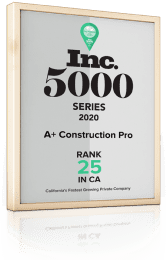
INC. 5000 Ranking

EPA Certification

LIC #1007869 CSLB

Accreditation with BBB
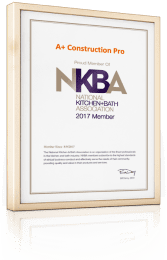
Member of NKBA
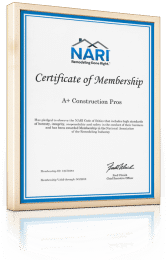
Member of NARI
What Makes A+ Construction & Remodeling Unique

BUILDING FOR YOU

CERTIFICATIONS

BIGGER SAVINGS

DESIGNER SHOWROOM

NO HIDDEN COSTS

SUPERIOR PRODUCT

TRUSTED SOURCES

ECO FRIENDLY

NO PRESSURE SALES
Cameron Park belongs to the El Dorado County and is located in warm and sunny California, the US. At the same time, it is a part of the Sacramento metropolitan area (just 30 miles away), with its population around 19 thousand people. Travelers may know about Cameron Park due to its geographic proximity to the famous Lake Tahoe (approximately 70 miles to the west).
The livability score of Cameron Park is 66 out of 100, which means the place is ranked 606 in California. The best ranks are seen for amenities and weather.
If you are moving and searching for a pleasant place to stay Cameron Park can be a great experience in terms of convenience, costs of living and the real estate costs. The comparison of parameters to those of the cities nearby helps to find the best match for the lifestyle and demands.
The median home price for a home in Cameron Park is $358 thousand, which is 12% more affordable in comparison to the average median price in California. The ratio of the home price to income is 4.8, which is also lower than the average California parameter by a quarter.
The area of the city is around 11 square miles. Cameron park elevation varies around 400 meters above the sea level. The yearly precipitation levels are low, most rains fall in winter, snow is extremely rare in the area. Summers in Cameron Park are hot and dry, especially in the day. Nights can be significantly colder due to the position near the Sacramento Valley.
The natural flora consists mostly of bushes: there are plenty of redbud and manzanita bushes and various trees, like oaks and pines. The soil in the region is red and clay-like and is usually not suitable for crops without amendments.
The Native American population of the Cameron park were Maidu or Nisenan Indians. The territory wasn’t inhabited by Europeans till the middle of the XX century, when Larry Cameron bought from the municipal bodies 2 ha of land for ranching, business and recreation.
Later the park and the gold courses appeared near the Cameron Park, and a small airport was built. For the past 20 years the city was actively developing and subdividing into separate properties, homes, and large green yards. Modern Cameron Park is a great place for families and children: there are single-family homes, multiple apartment buildings and condos.
The number of residents reached 18 thousand people according to the census of 2010, and the population density is just 1,6 people per square mile, which is exceptionally low parameter for California. The racial distribution is uneven: almost 90% of residents are White, around 2% are Asian, around 1% are African American and around 1% are Native American, 4% belong to two or more races and 2.5% to other races, less than 1% is Pacific Islanders. The population of Hispanic or Latino representatives of any race make 11%.
The total 100% of population live in household, with the average household size of 2.6 people.
If you would like to go from the housing residences to the closest airport, the wide streets of the Cameron Airpark Estate increase twofold as taxiways. One of the most interesting things about Cameron Park is large aircraft garages at many homes, because some residents own their personal aircraft and can go to work to a neighboring city by air. The closest Airport is public, and it not used for such purposes.
When traveling to the place, visit Cameron Park Lake. It is large enough and covers about 10 acres. The lake is encircled by a trail, many nice picnic areas, there are courts for sport activities, playgrounds for kids and everything necessary for an active leisure: boat rentals, a separate swimming zone and a comfortable beach area. You can look closer at the water to notice some turtles, fish, and aquatic fowl.
Cameron Park is a place where the annual festivals take place, for example, Summer Spectacular, or Ribstock — a BBQ festival with a competition.
Cameron Park is also known as a pit stop for travelers going to or from Lake Tahoe: most of all they enjoy Sam’s Town — a restaurant and entertainment complex located close to the Highway till 2002. Today, there is a grocery store.
Another attraction of Cameron Park is the Skinner Vineyard and Winery dating back to the 19th century.
Cameron Park, CA, ADU Construction Company
One of the best choices to build accessory dwelling units in Cameron Park is A+ Construction and Remodeling. And here’s why:
- A+ Construction and Remodeling is a highly regarded company proud of its experiences stretching for many years of successful work. The A+ team includes highly trained professionals in various fields of construction business;
- The company has a wide gallery of accomplished projects and hundreds of positive reviews from happy clients;
- The A+ team works hard to provide their clients with the best quality services and results that meet their expectations.
If you choose to address the A+ company to build an ADU, the company will take care of your project and take it to full competition.
ADU Building Cameron Park
So what are the requirements for ADU in Cameron Park? This section will cover all you will need to consider when building an ADU, including regulations, restrictions, etc.
1) How many ADUs can you build in Cameron Park?
The law permits having at least one ADU for a single-family property. Plus, a single-family house owner can build a regular ADU and one that is no more than 500 square feet in size.
As for multi-family parcels, they may have on ADU for every four current dwelling units as long as they meet legal requirements.
2) What kind of ADUs can you build?
In Cameron Park, you can build the following ADUs:
- an attached ADU;
- a detached ADU;
- a junior adu (less than 500 square feet in size).
The first two ADUs may be whether newly built units or converted. JADUs only require conversion.
3) What size of ADUs is permitted?
If you are building a single-family or a multi-family parcel structure, you are permitted to build an 850 square feet unit with one bedroom or a 1,000 square feet unit with two bedrooms. Zoning standards don’t affect this condition.
With a Junior Accessory Dwelling Unit, the size standard is 500 square feet max.
As far as the minimum size goes, your extra dwelling units must be at least 150 square feet in size.
4) What is the minimum lot size?
In Cameron Park, ADUs of either type are not subject to minimum lot size.
5) What are the setbacks for ADUs?
If you are building a detached dwelling unit, you should pay attention to how far or close it is away from the property line. The maximum setback is 4 feet from the side and rear lot lines.
If your dwelling unit was converted from an existing structure, then no setbacks are required. However, setbacks for attached units or units created out of converted spaces must comply with the setbacks of underlying zones.
6) What are fire safety requirements for ADUs?
If you are not planning to use the structure for permanent residential use, you may not equip it with fire sprinklers. However, you may choose any fire safety system to your heart’s content.
7) What about the design, height, shape, and materials of an ADU?
In Cameron Park, such parameters as design, height, shape, style, and number of bedrooms are not subject to development standards. However, designers advise building an ADU that will be consistent with the design and character of the existing residence.
8) What about parking?
There are no parking requirements for ADUs made out of garages.
Prefab ADU Construction
ADUs are usually build using a prefabricated approach. That means that a general constructor will deliver all prefabricated (previously made) parts of the future structure to assemble it on site. This approach makes for a faster work process.
As far as prices go, it all depends on the size and items used. Usually, prices will start from approximately 300 to 400 dollars.
ADU Housing
ADU housing is very popular since it gives the property owner the opportunity to expand their residential spaces and have accessory dwelling units to accommodate their guests and relatives, have a home office or a studio, or use such units as a source of extra income.
ADU Building Process Steps
Our comprehensive ADU construction process includes permit ready set of plans, interior design, submittal services, removal of debris. We are committed to using only the highest quality materials, ensuring the longevity and value of your ADU. With our ADU Building Services: From initial design consultations to the final touches, we’re with you every step of the way.ADU Construction Process Steps
Step 1. Permit ready set of plans: Architectural plans and engineering calculations, ready for a permit application.Step 2. Interior Design: Our expert team offers personalized design consultation to create a functional and stylish interior space.
Step 3. Permit Submittal Services: We handle the hassle of permit submissions on your behalf, ensuring compliance with local regulations.
Step 4. Removal of debris: Our efficient crew takes care of removing construction debris, maintaining a clean and safe work environment.
ADU Construction Includes
Please note that the contents of the package may vary depending on the specific terms outlined in the contract. While we strive to provide accurate and consistent packages, certain variations may occur based on the agreed-upon terms and conditions.Frequently Asked Questions
How much does it cost to build an ADU in California?
If you want to build an ADU in California, you will need a starting budget of something about 300 to 400 dollars. The overall price will depend on the size of the structure, the quality of the items used, and the cost of hiring a contractor team. Plus, you will also consider expenses for impact fees.
Do you need a permit for ADU in California?
You will need a permit to build something like an ADU on your private property in most states. California is no exception. City Planning Division approves building permits. There, you can also find out more about development standards, impacts fees, and other useful information related to building a legal structure on a particular parcel.
What are the requirements for an ADU in California?
To know the exact ADU requirements for your particular parcel, you need to contact your city’s Planning Division. There you will be given details about all the rules, regulations, and restrictions related to ADUs. You will also be informed about the set of impact fees you will need to take care of when building an ADU.
Are ADUs worth it?
Yes, ADUs are great since they allow you to expand your living area by giving you an extra portion of usable space. You can use ADUs for your grandparents, your kids, your guests, or for yourself – many people build ADUs to use them as home studios or offices. ADUs may also be rented, which will let you make some profit.

- Antelope
- Arden Arcade
- Carmichael
- Citrus Heights
- Clay
- Courtland
- Elk Grove
- Elverta
- Florin
- Folsom
- Foothill Farms
- Freeport Sacramento
- Fruitridge Pocket
- Galt
- Gold River
- Herald
- Hood Sacramento
- Isleton
- La Riviera
- Lemon Hill
- Mather
- McClellan Park
- Natomas
- Parkway
- Rancho Cordova
- Rancho Murieta
- Rio Linda
- Rosemont
- Sacramento
- Vineyard
- Walnut Grove
- Wilton











